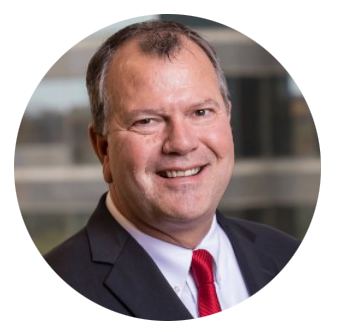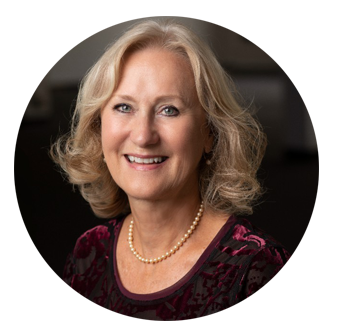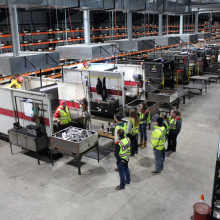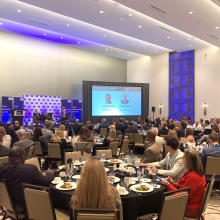Navigating your business succession and transition planning
Are you looking to better prepare your company for ownership transition now or in the future?
The August MN Supplier Match Roundtable helped businesses explore key issues around business succession and transition planning. Are you looking to better prepare your company for ownership transition now or in the future? Our succession and transition experts provided helpful hints in areas such as ESOP conversion, Cooperative (Co-op) business models, business valuation, family business succession plans and more.
How to find your business's valuation and locate a buyer
"Obviously the seller's perception is, 'Hey, I worked my entire life in this business and it's worth more than the historical financial performance.' And the buyer is saying, 'Well, no, this is worth only what I can cashflow.'... I tell all the sellers that, first of all, try to identify a strategic buyer where two plus two equals six.
"There's another reason for the buyer to buy the business beside the historical financial performance. But if there isn't one of those, buyers want three things. If they're going to invest cash in the business, they want a return on the cash. If they're going to borrow money to buy the business, they want to be able to service that debt comfortably. And then number three, if they're going to work in the business, they want a decent salary for their time and effort. The historical cashflow of the business needs to do those three things. And if it does, the business is more than likely going to sell."

Scott Hislop
President/Owner
Transworld Business Advisors of Minnesota
Are you considering ESOP conversion as a transition strategy?
"What is an ESOP? It's a unique type of qualified retirement plan, and actually they began in 1974. They've been around for quite a while. Right now, there are approximately 275 ESOP companies in Minnesota. Per capita, that's the most ESOPs of any state. We have the momentum here for an ESOP and was that best for, and I'm going to talk about that a little bit later, too. An owner can decide when selling to an ESOP 10% of the business, 50%, 100%, whatever the owner feels comfortable with at the time, or maybe even wants to stay in the business for a while. There's real flexibility there. The beauty of an ESOP is that there's no cost to the employees. It's funded out of future earnings of the business. Most companies still have a 401k that they would match, but an ESOP there's no cost to the employees."

Sue Crockett
Executive Director
Minnesota Employee Ownership Center (MNCEO)
Are you considering Co-op conversion as a transition strategy?
"What is a worker co-op? They are businesses owned and controlled by the members of the co-op and the members are any eligible employee that wants to buy a share of common stock. This common stock lets them have governance rights and profit sharing rights. Typically what that governance rate is, is they can vote for the board of directors that oversees the co-op. On a day-to-day basis, traditional management structures are typically held in place. For example, like another corporation would do the board hires, a general manager who then oversees the operations."
"It's also a controlled transition. Selling owners can stay on for a while. There can be a CEO provision where they have X number of years to sit as CEO and help guide this new company or they can even be a co-owner. Lots of options there. And it secures their legacy. The business they've put their heart and soul and continues on."

Benjamin Tsai
Director
The Worker Ownership Initiative
Nexus Community Partners
How to prepare to step back before you step out
"The stepping back theme that we referenced versus stepping out is more of a theme...It's really more of a theme of longterm planning and utilizing a diverse set of advisors, building the team, building your own internal team, operationally and leadership team, adoption of outside resources, could be fractional service providers implementing internal systems."
"Building the best business sometimes requires taking a step back from focusing on the end game and really a refocus on building the machine to get to that end game."

Jeff Campbell
Senior Vice President, Commercial Banking
Fidelity Bank
Navigating succession and transition issues for family-owned businesses
"If you're transitioning to family, you want to start at least five years ahead of a planned exit. Ideally, it's five to 10. To involve family in those decisions, because when you're talking with the next generation, you don't want to assume that they either want to run the business or don't want to run the business. You want to have that conversation."

Jon Keimig
Director
St. Thomas Family Business Center




